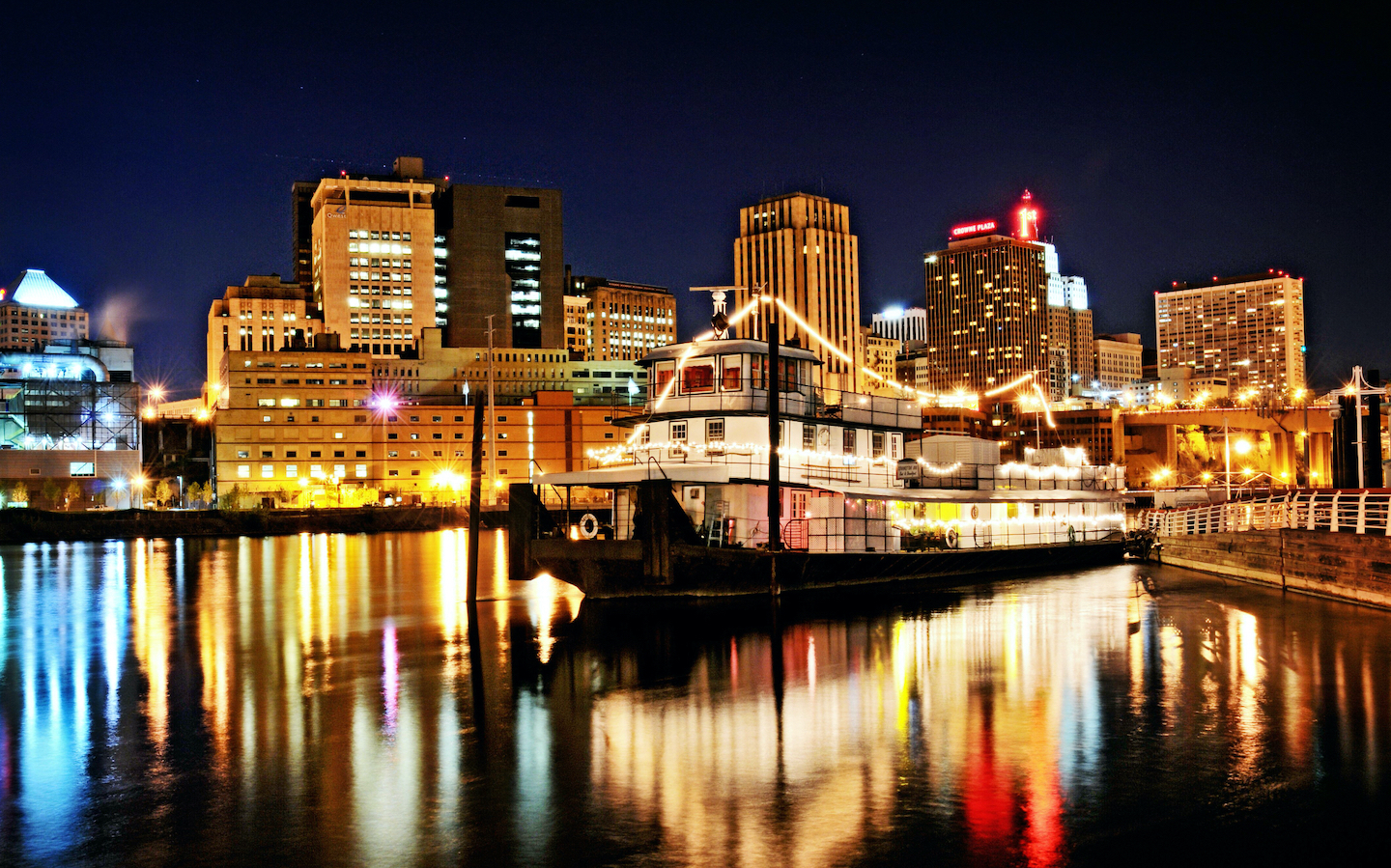Emerald Ash Borer Management
Management Strategies
Saint Paul Forestry has utilized several management strategies to reduce the population growth of the emerald ash borer (EAB). Strategies such as monitoring and insecticide treatment worked to slow the population growth of EAB in Saint Paul, however the city is now considered totally infested. Structured removal of infested trees has allowed for a more diverse pallet of new trees to be planted. This multifaceted approach to managing EAB has spread out the cost of management over a longer, more manageable period of time and allowed for a more efficient response. The following is a list of strategies along with descriptions for reducing the population of EAB.

